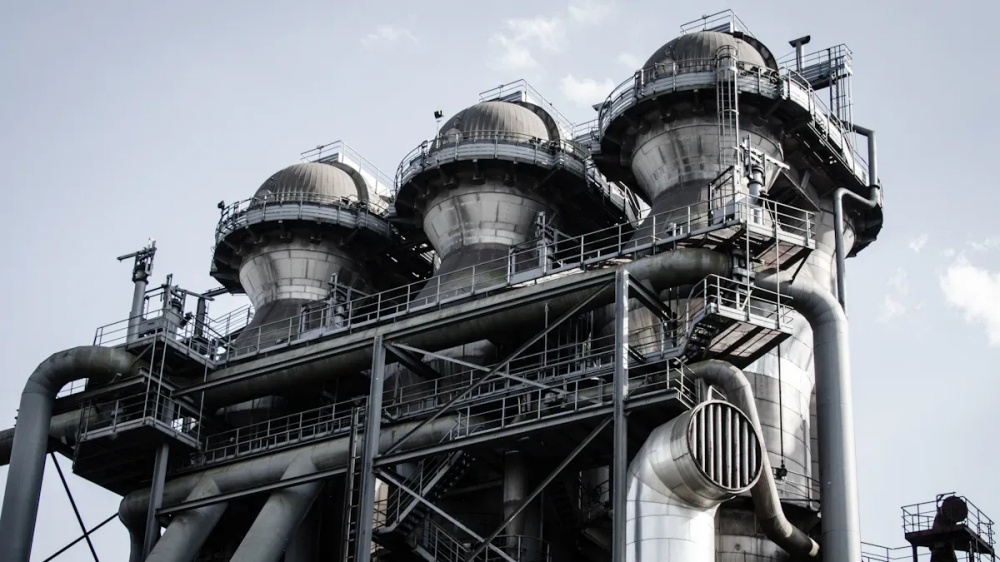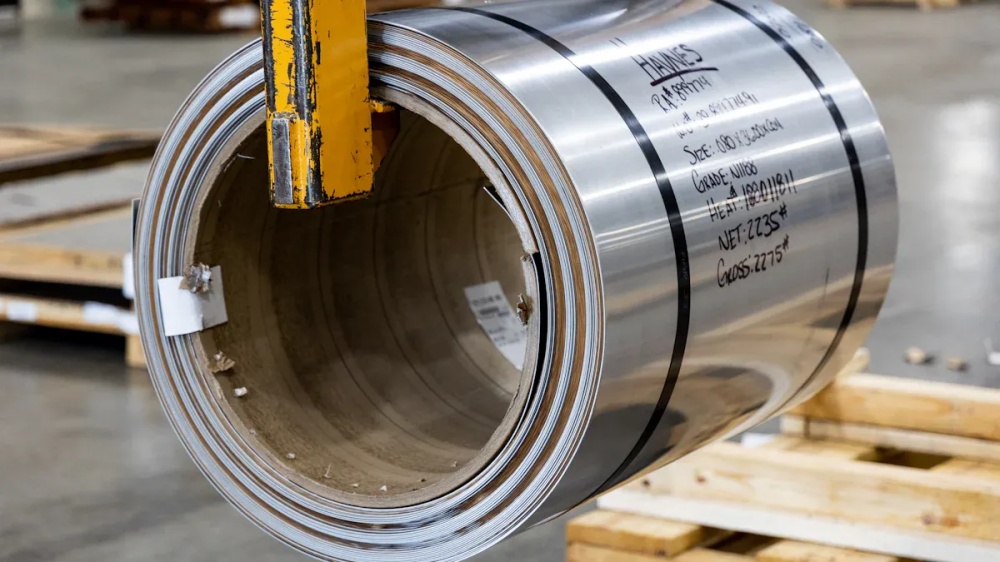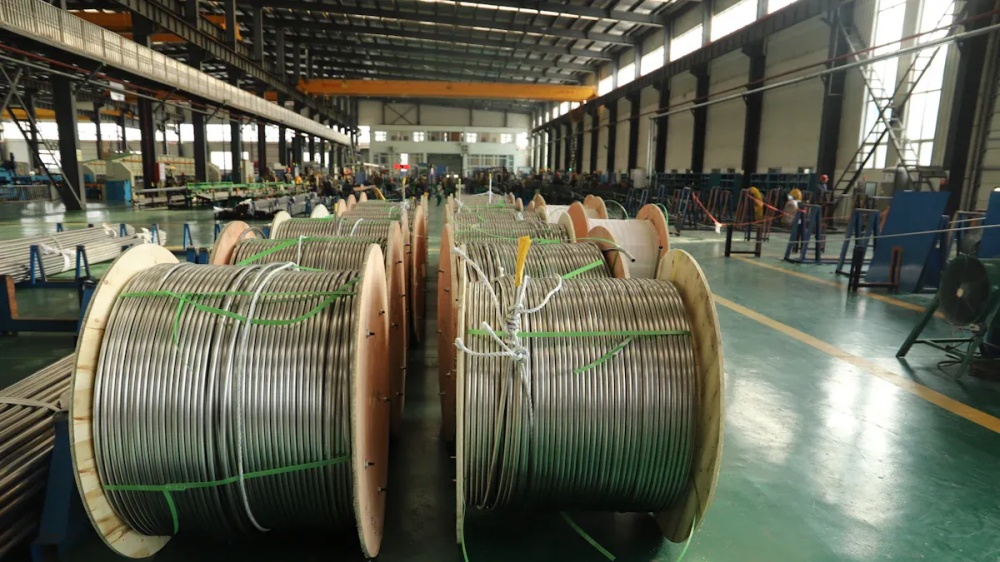5 Ways Cast Aluminum Can Meet Global Standards
Cast aluminum plays a crucial role in various industries served by ensuring quality and safety. You can trust that cast aluminum die casting meets global standards through rigorous practices. These practices focus on not just compliance but also on maintaining high performance in your applications.
Key Takeaways
- Implement effective quality control measures to ensure consistent production of cast aluminum. Monitor critical parameters like temperature and pressure to maintain high standards.
- Understand and adhere to material specifications for cast aluminum. This ensures your products meet global standards for performance and quality.
- Embrace advanced technologies to enhance production efficiency. Innovations like AI and energy-efficient processes can significantly improve product quality and reduce environmental impact.
Cast Aluminum Quality Control Measures
Quality control measures are essential in the production of cast aluminum. These measures ensure that you receive products that meet global standards. Effective quality control begins with monitoring critical process parameters. You should focus on temperature, injection speed, and pressure during the casting process. This monitoring guarantees consistent quality throughout production.
Inspection techniques play a vital role in maintaining quality. You can utilize visual inspections, dimensional checks, and non-destructive testing methods such as X-ray and ultrasonic testing. These techniques help identify defects early, reducing the risk of failures in your applications.
Statistical Process Control (SPC) is another key aspect of quality control. By integrating SPC methods, you can analyze and improve process performance. This proactive approach minimizes defects and enhances overall productivity. For instance, data shows that the night shift had a nonconformity rate of 5.42%, while the Tuesday shift demonstrated a much lower rate of 2.95%. This indicates that adherence to quality standards varies by shift, emphasizing the need for consistent quality control practices.
To further enhance quality, consider implementing a secondary refining step. This process refines the aluminum alloy before and after casting, controlling defects like pores and slag inclusions. By following these quality control measures, you can ensure that your cast aluminum products meet the highest standards.
Cast Aluminum Material Specifications
When you consider cast aluminum, understanding its material specifications is crucial. These specifications ensure that your products meet global standards for quality and performance. Key specifications include:
| Specification | Description |
|---|---|
| Tensile Strength | Minimum and maximum values in psi, ksi, etc. |
| Yield Strength | Minimum and maximum values in psi, ksi, etc. |
| Elongation | Minimum and maximum percentage values |
| Processing & Finish | Options include Annealed, Hardened, etc. |
| Finish | Options include Galvanized, Polished, etc. |
International standards like EN 1706 and ASTM B179 define acceptable material properties for cast aluminum. These standards ensure the quality and performance of aluminum castings. They specify the chemical composition and mechanical properties of cast aluminum alloys. Here are some benefits of adhering to these standards:
- Lightweight with a high strength-to-weight ratio, suitable for aircraft and automotive applications.
- Good mechanical strength, providing structural integrity and load-bearing capabilities.
- Excellent corrosion resistance due to a protective oxide layer.
- High thermal conductivity, ideal for applications requiring heat dissipation.
- Good electrical conductivity, making them suitable for electrical applications.
By focusing on these material specifications, you can ensure that your cast aluminum products not only meet but exceed global standards.
Cast Aluminum Advanced Technology
Advanced technology significantly enhances the ability of cast aluminum to meet global standards. You can leverage various innovations to improve efficiency, quality, and sustainability in your production processes. Here are some key advancements:
| Advancement Type | Description |
|---|---|
| Industry 4.0 and AI Integration | Enhances smart, autonomous casting operations, improving efficiency and quality control. |
| Advanced Multi-Material Casting | Allows for the combination of different materials, expanding design possibilities and performance. |
| Simulation Software Adoption | Optimizes product development cycles, reducing time and costs associated with casting processes. |
Additionally, several emerging technologies contribute to the advancement of cast aluminum:
- Rapid Prototyping: 3D printing techniques reduce lead times and costs, enabling complex geometries and efficient design adjustments.
- Energy Efficiency: New technologies lower energy usage during casting, contributing to sustainable practices.
- Recycling and Waste Reduction: Advances in recycling technologies minimize scrap metal and waste, reducing environmental impact.
- AI and Machine Learning: These technologies enhance predictive maintenance and defect detection, improving quality control.
The integration of these technologies leads to significant improvements in product quality. For instance, high-pressure die casting enhances strength and surface quality while reducing porosity. Vacuum-assisted casting minimizes gas porosity and internal defects, resulting in higher density and better tensile strength. Real-time defect detection can lower scrap rates significantly, as demonstrated by a reduction from 8% to 1.5% in defect rates for an automotive manufacturer.
By embracing these advanced technologies, you can ensure that your cast aluminum products not only meet but exceed global standards.
Cast Aluminum Environmental Standards
Environmental standards play a vital role in the production of cast aluminum. You can significantly reduce your carbon footprint by adopting sustainable practices. Recent studies show that aluminum die casting can have a lower carbon footprint when using electric furnaces powered by renewable energy. This approach contrasts with traditional gas-fired furnaces, which tend to have higher emissions.
When comparing cast aluminum to other metal casting processes, you will find that cast iron components generally exhibit lower environmental impacts. However, the carbon footprint of primary aluminum varies widely. Estimates range from less than 4 t CO2e / t Al for low carbon aluminum to over 20 t CO2e / t Al for coal-fired electricity production. In contrast, secondary foundry ingots made from nearly 100% post-consumer waste have a much lower carbon footprint, between 0.6 and 1.2 t CO2e / t Al.
To further enhance your environmental compliance, consider the following practices:
- Utilize recycled materials: This reduces the need for primary aluminum production, which is energy-intensive.
- Implement energy-efficient technologies: These can lower energy consumption during the casting process.
- Adopt waste reduction strategies: Minimizing scrap metal and optimizing production processes can significantly reduce your environmental impact.
By focusing on these environmental standards, you can ensure that your cast aluminum products not only meet global requirements but also contribute to a more sustainable future.
Cast Aluminum Certification and Compliance
Certification and compliance are crucial for ensuring that your cast aluminum products meet global standards. You should prioritize obtaining relevant certifications to demonstrate your commitment to quality and safety. Key certifications include ISO 9001, which focuses on quality management systems, and ISO 14001, which emphasizes environmental management. These certifications help you establish credibility in the market.
You can also consider industry-specific certifications. For example, the American National Standards Institute (ANSI) provides guidelines for various sectors. Compliance with these standards ensures that your products meet specific performance and safety requirements.
Regular audits and assessments play a vital role in maintaining compliance. You should conduct internal audits to evaluate your processes and identify areas for improvement. External audits by third-party organizations can provide an unbiased assessment of your compliance status.
Additionally, documentation is essential. Keep detailed records of your production processes, quality control measures, and compliance efforts. This documentation not only supports your certification applications but also serves as a valuable resource during audits.
By focusing on certification and compliance, you can enhance the reputation of your cast aluminum products. This commitment to quality and safety will help you build trust with your customers and meet global standards effectively.
In summary, you can ensure that cast aluminum die casting meets global standards by focusing on several key practices. Prioritize quality control to maintain high standards in production. Adhere to material specifications to guarantee performance. Embrace advanced technology for efficiency and innovation. Implement environmental practices to reduce your carbon footprint. Lastly, obtain relevant certifications to validate your commitment to quality and safety.
FAQ
What are the benefits of using cast aluminum?
Cast aluminum offers lightweight strength, excellent corrosion resistance, and high thermal conductivity, making it ideal for various applications.
How does cast aluminum meet environmental standards?
Cast aluminum meets environmental standards by utilizing recycled materials, implementing energy-efficient technologies, and adopting waste reduction strategies.
What certifications should I look for in cast aluminum products?
Look for ISO 9001 for quality management and ISO 14001 for environmental management to ensure compliance with global standards.


